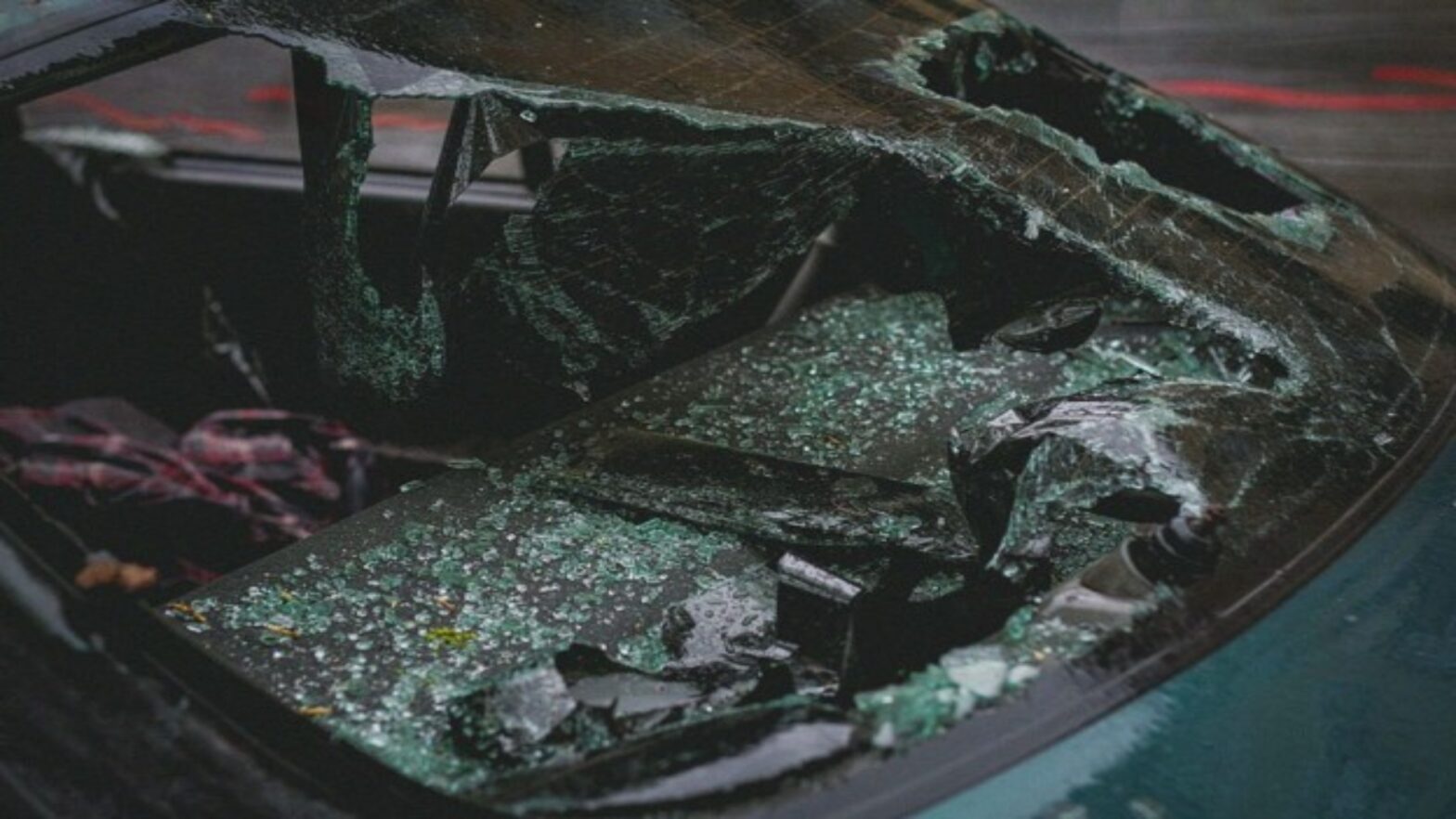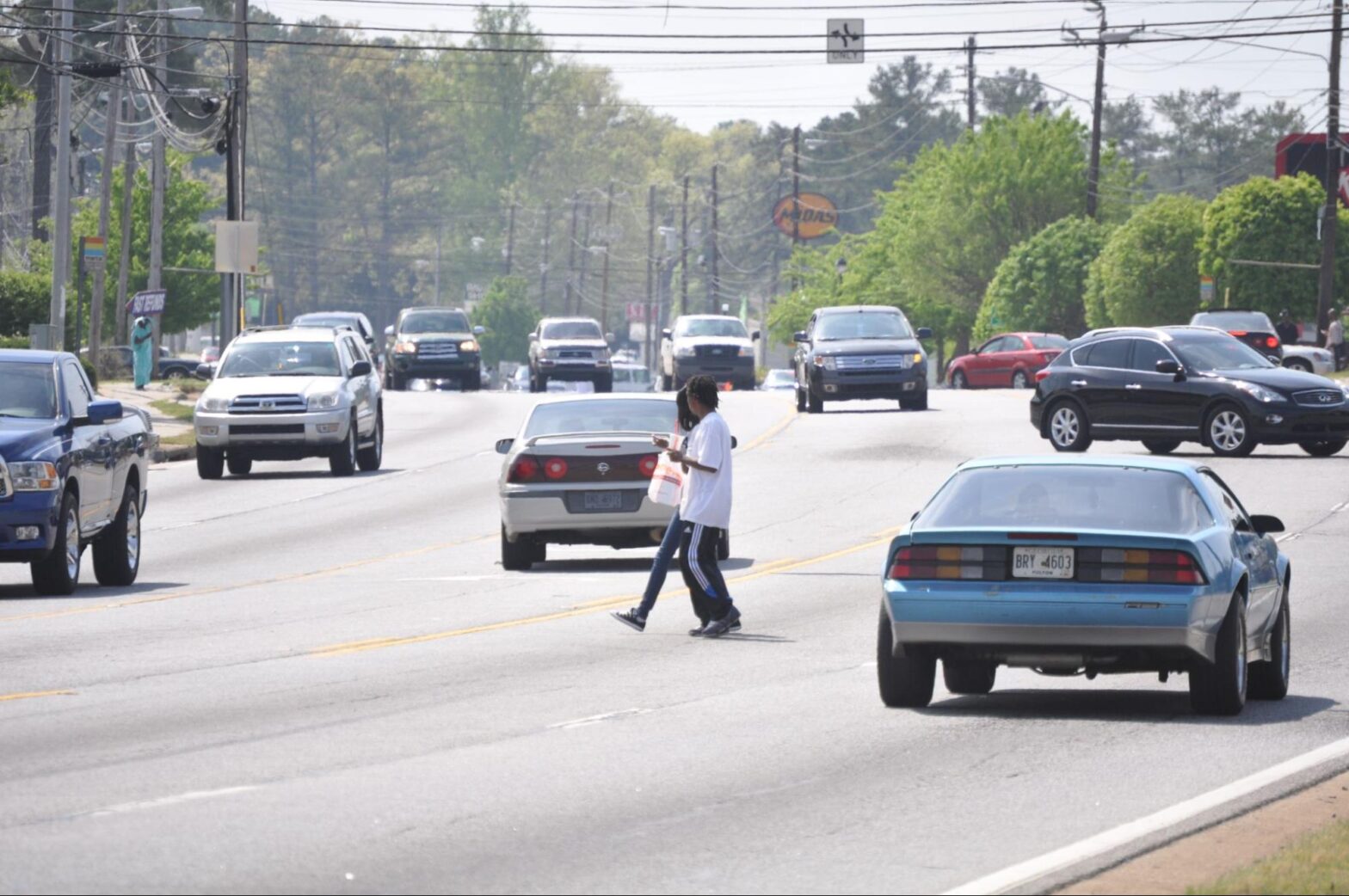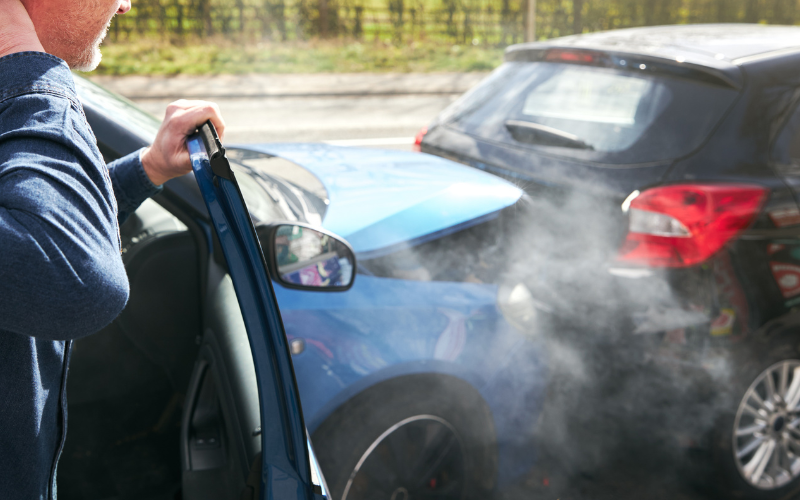California roads see a concerning rise in traffic fatalities. According to the California Office of Traffic Safety, from 2020 to 2021 alone, there was a nearly 8% increase, with fatalities jumping from 3,980 to 4,285.
With car accidents such a common occurrence, understanding California’s comparative fault laws will give you an insight into how much compensation you might receive after an accident.
Overview of Comparative Fault Laws
Comparative fault laws determine how liability is distributed among parties involved in an accident. There are two main types of comparative fault:
Pure Comparative Fault
Pure comparative fault means that each person involved in an accident gets their level of fault measured, and their compensation is adjusted based on that. For example, if a driver is 70% at fault for an accident, they can still get 30% of the total damages.
This system ensures that even if someone is mostly to blame, they can still receive some compensation. In California, this rule allows injured people to claim damages according to their level of fault, even if they are up to 99% at fault.
Modified Comparative Fault
Modified comparative fault works differently. Here, a person can only get compensation if they are less than 50% at fault for the accident. If their fault is more than 50%, they can’t recover any damages at all.
This system is meant to prevent those who are mainly responsible for an accident from getting compensation. Many states use this model to make sure that only those who are less at fault can get compensated.
Dealing with Insurance Companies
Interacting with insurance companies can be daunting, but these tips can help:
Do Not Admit Fault
Try not to discuss the accident details or admit any fault at the scene or with insurance adjusters, especially if the accident wasn’t your fault. Even offhand comments can be used against you later, which might lower your compensation. Let the investigation figure out who’s at fault.
Do Not Sign Anything Prematurely
Be careful before signing any documents from the insurance company. Make sure you completely understand the terms. Insurance adjusters may push you to sign quickly, but doing so without fully understanding could limit what you get.
Consult with an Attorney
A good car accident lawyer can give you valuable advice and guide you through your claim. They’ll stand up for you, making sure your rights are protected and you get fair compensation.
Consulting with them is especially important if your case goes to court or if the insurance company is difficult to deal with.
Steps to Take After a Car Accident in California
After a car accident, taking the right steps can protect your rights and streamline the claims process:
- Ensure Safety and Seek Medical Attention: Even if you feel fine, seek medical attention as some injuries may not be immediately apparent.
- Report the Accident: Notify the police and file an official report. This document will be essential in your insurance claim.
- Notify Your Insurance Company: Report the accident to your insurance provider as soon as possible to avoid delays in your claim.
- Collect Evidence: Gather as much information as possible from the scene, including photographs, witness statements, and any other relevant documentation.
Conclusion
Dealing with the aftermath of a car accident in California can be tough, but knowing how comparative fault laws work can help. By staying informed, taking the right steps, and seeking professional guidance, you can protect your rights and work towards fair compensation.
A careful and informed approach will help you manage this difficult situation more effectively.















